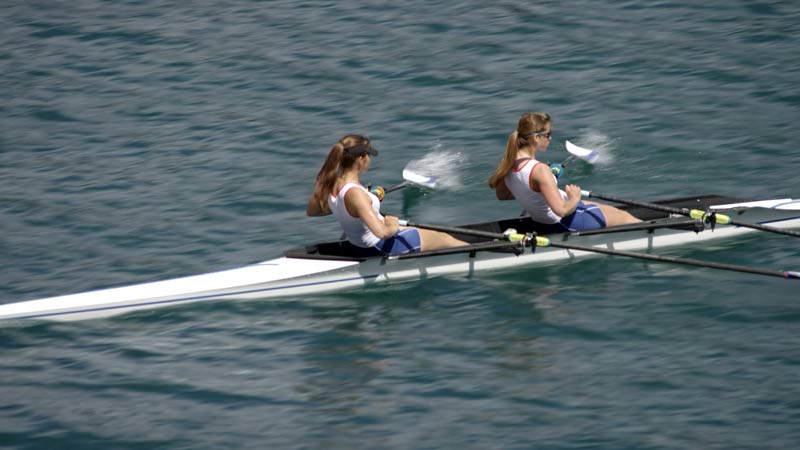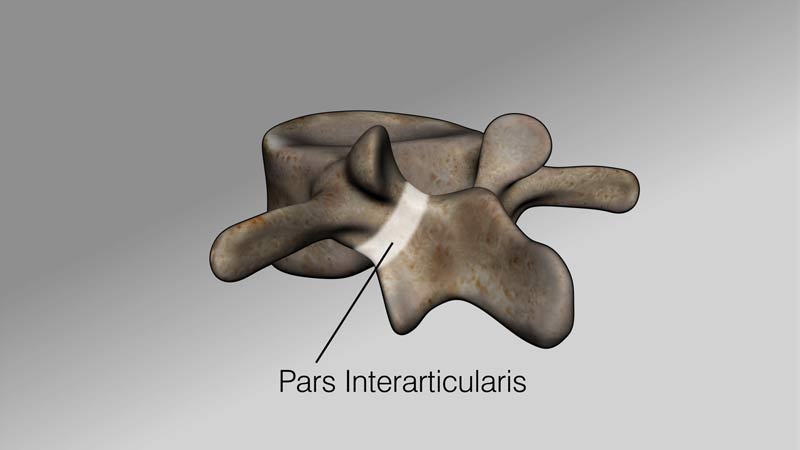Teen Athletes and Back Pain
Why do teenage athletes get Back pain?
Surprisingly, it is a common complaint, especially if you are a rower, cross country skier, football player or gymnast.

It is a matter of overuse, and in certain sports activities, asymmetrically developing one set of muscles over the other.
In rowers, and cross country skiers, it is a very repetitive motion, and there may be asymmetric utilization of back extensor muscles over the abdominal muscles. Reduced range of motion of the hips and legs may cause extra stress on the back muscles leading to overuse injuries.
For gymnasts and football players, repetitive extension can cause more than muscle issues. Stress fractures of the pars interarticularis can occur, causing back pain, especially with extension.

For young athletes, disc herniations are not as common as middle aged athletes, but there is still up to a 20-30% incidence of a disc finding for those under the age of 21.
So, whether it is a overuse muscle issue, a stress fracture to the back, or a disc herniation, steps need to be taken to identify treatments and concerns.
If the athlete has wide area of numbness, significant muscle weakness, and inability to perform important body functions like controlling their bladder and bowel functions, a visit to the emergency room is necessary to rule out very bad problems like infection, tumor, broken bone, or large disc herniation. Usually, the athlete would not be able to play, and the scenario is rarely hidden. Get the athlete medical attention as soon as possible.
For very motivated athletes, coaches and parents may not know that there is an issue until there has been a significant decline in performance. In this scenario, questions need to explore potential for the serious condition as described before. If there is no serious concerns, some activities restrictions, use of over-the-counter anti-inflammatory agents, and some manual treatments such as ice massage, will usually heal a soft tissue sprain or strain condition.
If there is no improvement within a week or two, the coach, trainer, or parent should obtain a medical evaluation. At this point, the medical team will make a decision on whether to pursue more aggressive evaluations including x-rays or possibly MRI studies.
X-rays can identify the spondylolysis condition. MRIs can also further identify problems related to the disc or provide clues as to development of stress fractures to the lower back. Depending on the findings, different options can be pursued.
If there is the so-called spondylolysis stress fracture, immobilization in a brace, and stopping playing activities may be necessary for up to 6-9 months.
If there is a disc herniation causing nerve irritation, activities modification, and avoiding contact sports, may allow the pain to disappear in 4-8 weeks.
Luckily, most episodes of back pain in adolescent athletes are more of a soft tissue nature and with proper restrictions, and stretching in therapy, most athletes will be able to return back to full activities within 2-4 weeks.
Remember, if there is a significant decline in performance, make sure to check and ask questions about pains. If there is significant complaints of uncontrolled weakness, and inability to control major bodily functions, the athlete should be sent to an emergency room for evaluation.
If you would like more information about similar topics, Please subscribe to our newsletter or to our YouTube channel.
Citations
- Trofa DP, Obana KK, Herndon CL, Noticewala MS, Parisien RL, Popkin CA, Ahmad CS. The Evidence for Common Nonsurgical Modalities in Sports Medicine, Part 1: Kinesio Tape, Sports Massage Therapy, and Acupuncture. J Am Acad Orthop Surg Glob Res Rev. 2020 Jan;4(1) PubMed PMID: 32159059
- A ZBM, S Z, Fz BS, Dg B, A C. ISOKINETIC TRUNK STRENGTH, VALIDITY, RELIABILITY, NORMATIVE DATA AND RELATION TO PHYSICAL PERFORMANCE AND LOW BACK PAIN: A REVIEW OF THE LITERATURE. Int J Sports Phys Ther. 2020 Feb;15(1):160-174. PubMed PMID: 32089967
Last modified: April 7, 2020









